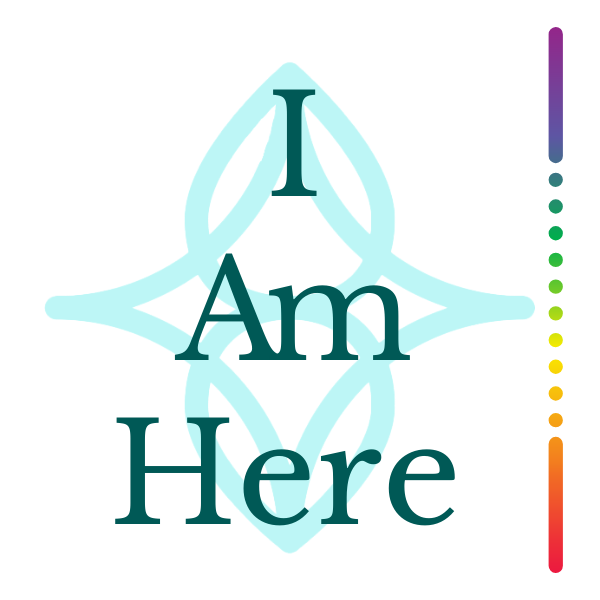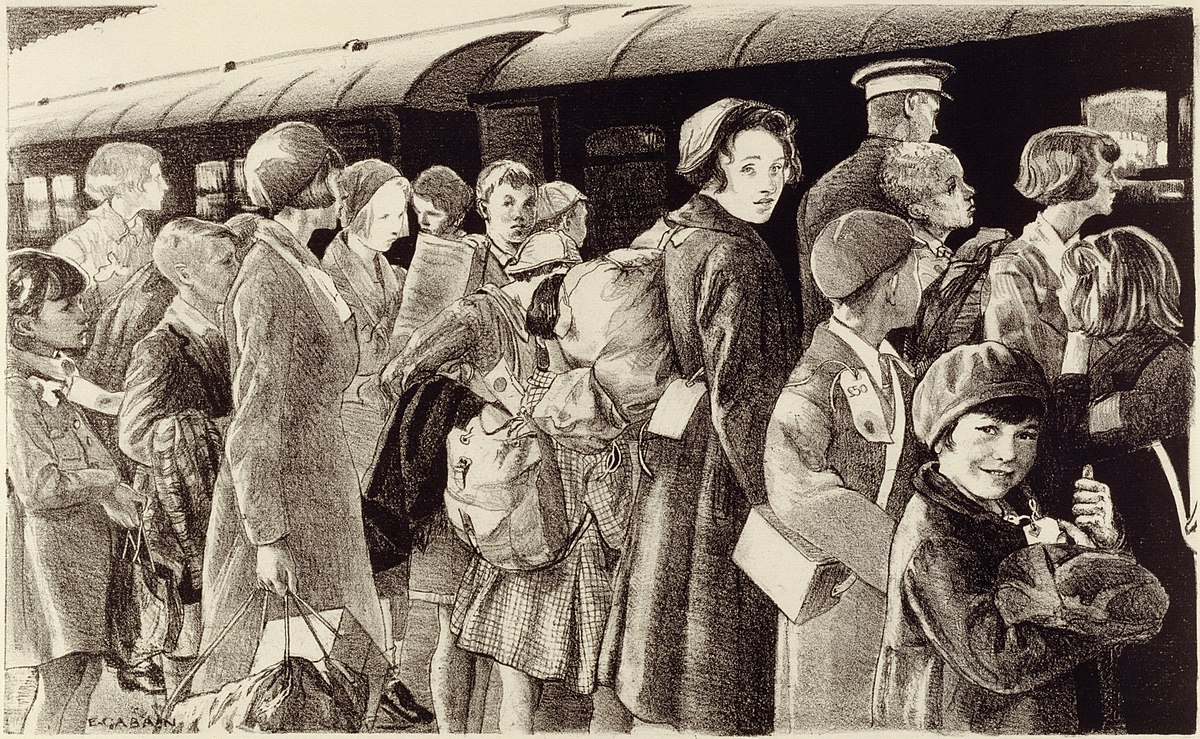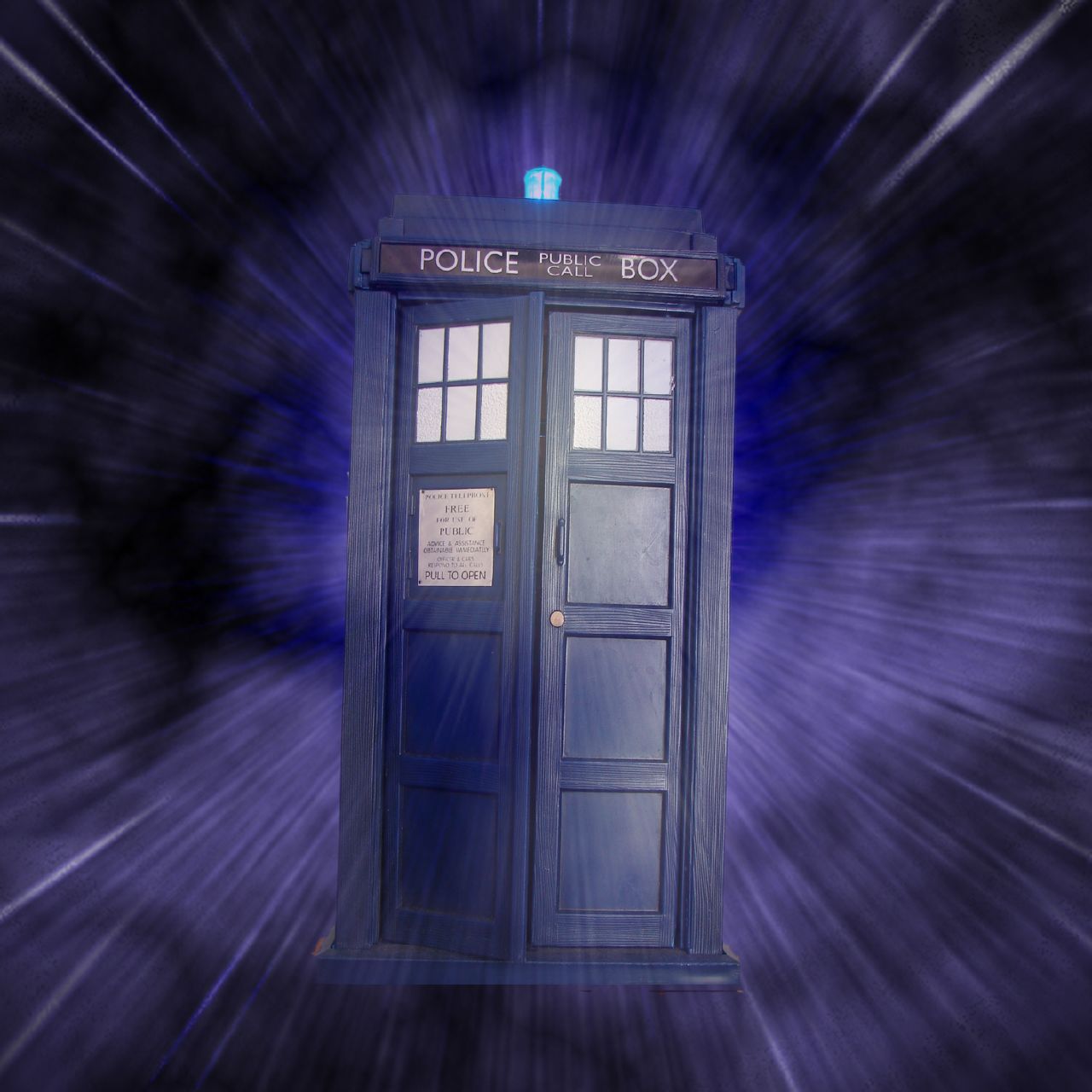“Fear is a natural effect of consciousness – the seeing itself that suggests the unseen.”
Traditional psychology posits four collective fears. These are: the fear of sex; the fear of death; the fear of physical illness; and the fear of insanity. All these fears are nominally based on loss – the loss of life, virility, health and sanity. The formulation assumes a rationality, as if any of any of these loses can be avoided in the long term. They can’t. They can only be postponed.
 Sooner or later, we will lose our sexual potency, perhaps even becoming sexually repugnant or neutral. In addition, it is pre-given that we are physically restricted to be either one gender or the other. The ‘otherness’ of the opposite sex (with all its collective labels and restrictions) will accompany us to some degree until we leave this body.
Sooner or later, we will lose our sexual potency, perhaps even becoming sexually repugnant or neutral. In addition, it is pre-given that we are physically restricted to be either one gender or the other. The ‘otherness’ of the opposite sex (with all its collective labels and restrictions) will accompany us to some degree until we leave this body.
Sooner or later, we will physically die. This is one of the few certainties in life. It’s a natural law. Repression of the fear of death does not release it.
Sooner or later, we will experience physical illness. It is an inherent and natural part of our physical biology and life process.
“In the stillness of the present moment, it can become clear that all of this loss is already here, now.”
Sooner or later, we will lose our minds. This is one that many choose to sublimate. Yet we lose our minds each night in the depths of sleep. Beyond normal confusions of identity, part of physical aging involves the break-down of mind. When we leave our physical body, we also leave the mind as we know it. No mind that survives physical death is recognizable to this ‘mind’ we have in a body, which we believe to be stable.
 Actually, it’s not sooner or later. In the stillness of the present moment, it can become clear that all of this loss is already here, now. Our death is here, in this moment, not in an imagined future. Our experience of not yet being born is here, in this moment. The dreadful split between male and female is also, here and now. All that we are, is now. It already happened, and it’s really OK. The energy of dread would have you believe otherwise, though.
Actually, it’s not sooner or later. In the stillness of the present moment, it can become clear that all of this loss is already here, now. Our death is here, in this moment, not in an imagined future. Our experience of not yet being born is here, in this moment. The dreadful split between male and female is also, here and now. All that we are, is now. It already happened, and it’s really OK. The energy of dread would have you believe otherwise, though.
Putting the four categories of collective fear aside for now, and moving into an existential inquiry, it becomes clear that fear is a direct, multi-layered shock response to separation. Fear is all about boundaries: it’s about protecting the physical boundary of the skin surface, but also the sentient boundaries of self – protecting our vulnerable hearts.
Fear is the shock of being temporarily divided into separate form, supported by a belief structure that grasps at appearances and in its longing for stability, claims this separation as absolute. In the trauma of creation, in which male divides from female, child from mother, earth from sky, and light from darkness, fear is born. Fear is a natural effect of consciousness – the seeing itself that suggests the unseen. As such, fear is a primal phenomenon at the core of creation, moment by moment.
Mental

The mind is highly responsive to fear, as it is deeply rooted in natural programs of survival. Yet it is able to complicate simple survival issues in a spectacular way, by grasping on minute details and imagining grandiose outcomes. From the natural physical instinct to avoid pain, it has evolved to avoid discomfort of any sort, whether in the body or in the area of feelings and emotions. Left within its closed circuit, thought would contract experience to a box of no feeling at all in order to avoid discomfort.
The mind also has an ability to select that which it chooses to see, and to edit and amend the content of experience. This feeds it with an awesome responsibility, but also the fear of being exposed. It knows that beneath the censorship and the amendments, other spooky, unseen stuff is going on. As a result, it works even harder to grasp, establish and consolidate its desired (safe and pleasurable) reality.
All this leaves a shadow. The mind also needs to know what to fear and for that it needs to study it. It constantly needs to keep an eye on the source of threat, lest it be surprised. As such, the mind is often more preoccupied with fear than in allowing the comfort and pleasure that it pretends to desire and claims to protect.
The natural energy of fear can transform naturally into bliss, which like fear, also passes through waves of expansion. As in orgasm, or in the release of any restriction or block, the transformation of losing form can be blissful. The sheer sensitivity of boundaries expanding to the point of explosion, the adrenalin of pure freedom through capitulation, the surrender in letting life move as it will – bring fear in resistance and bliss in allowance. Always, in and of itself, a new form emerges: often one that is more attuned, more natural and more responsive to the living energy of being here, now.
“The mind also needs to know what to fear and for that it needs to study it. It constantly needs to keep an eye on the source of threat, lest it be surprised.”
Capital Fear
 The resistance to transformation is based on the fear of fear itself. The construction of fear-based, protective fences around fear adds frontier after frontier to the separate self. Often, there is no longer apparent what all the fear fences are protecting. In this it takes on the characteristics of the horrific, imaginary outcome: that which no one must ever know, or that which no one must ever feel.
The resistance to transformation is based on the fear of fear itself. The construction of fear-based, protective fences around fear adds frontier after frontier to the separate self. Often, there is no longer apparent what all the fear fences are protecting. In this it takes on the characteristics of the horrific, imaginary outcome: that which no one must ever know, or that which no one must ever feel.
These empires are of fear are the source of the existential angst that often comes forward around a spiritual emergency. In awakening as the timeless, existential core of all we are, life-times of protective structures around fear begin to shake in their foundations. In the release of pure, unconditioned consciousness beyond the individual ‘I’, light is also shone on indiscriminately on the whole entity of the separate self. One effect of light is that it awakens form. Frozen fear comes to life.
“Such is the solidified fear of the establishment towards awakening.”
These suddenly revealed structures of fear are the matrix on which the personal identity and the sentient life of personhood are formed. Together, these inner forms are believed to make up the shapes and contours of character – an individuality that was previously believed to be absolute, as it exists in the blind-spot of transience. The outcome can be nervous breakdown or psychosis, and the great tragedy is that the medical and social choice is often to medicate the patient out of the ‘Now’.
Rather than escorting the individual through the awakening process out of a constricted, afraid and angry sense of personhood into a wider, more organic and natural expression of human life, they are diagnosed with ‘depersonalization syndrome’ and banished to the shameful quarters of the mentally ill. There is also a subliminal rage towards fear interwoven with this ongoing industry of medically ordained exclusion of those for whom fear has temporarily gained possession. Such is the solidified fear of the establishment towards awakening.
Fear in Naturalness
 There are three classical fear responses to a perceived threat: fight, flight and freeze. All of these are survival responses of the form itself. Yet all form is in perpetual transformation. These responses are natural parts of that process of transformation, slowing in down, allowing it to occur in a way that is more safe.
There are three classical fear responses to a perceived threat: fight, flight and freeze. All of these are survival responses of the form itself. Yet all form is in perpetual transformation. These responses are natural parts of that process of transformation, slowing in down, allowing it to occur in a way that is more safe.
Both the flight and the freeze buys time for the individual to consolidate in a perspective beyond form, for example, that which can witness the birth and death of all forms. This gives them a position from which to let go. It can even allow a ‘higher self’ to come forward as a loving escort to the death process of the lesser ‘self’. When the instinct to freeze or fly is repressed, especially through the intervention of drugs, the deeper process of re-attunement and letting go can also get blocked.
The paradox is that these drugs are supposed to restore the individual’s sense of ‘reality’. What is meant by this, is to restore the individual’s compliance and functionality within the collective illusion of ‘reality’ – an illusion for which the death knell sounds moment by moment. It is not reality that is lost in mental disorder, it is the ability to conform to structures that are, of themselves, mental skyscrapers built on the foundations of fear. Yet ultimately, only a movement deeper inside, to the unity that resides beyond the constructs of mind, will bring the freedom to move through that city-scape with ease.
In the instinct to fight, however, the individual can become a danger to themselves or to others around them, and this is often the medical justification for sectioning. Within the fight instinct born of fear, we uncover the partner of fear at the existential borders of the separate self: anger.




